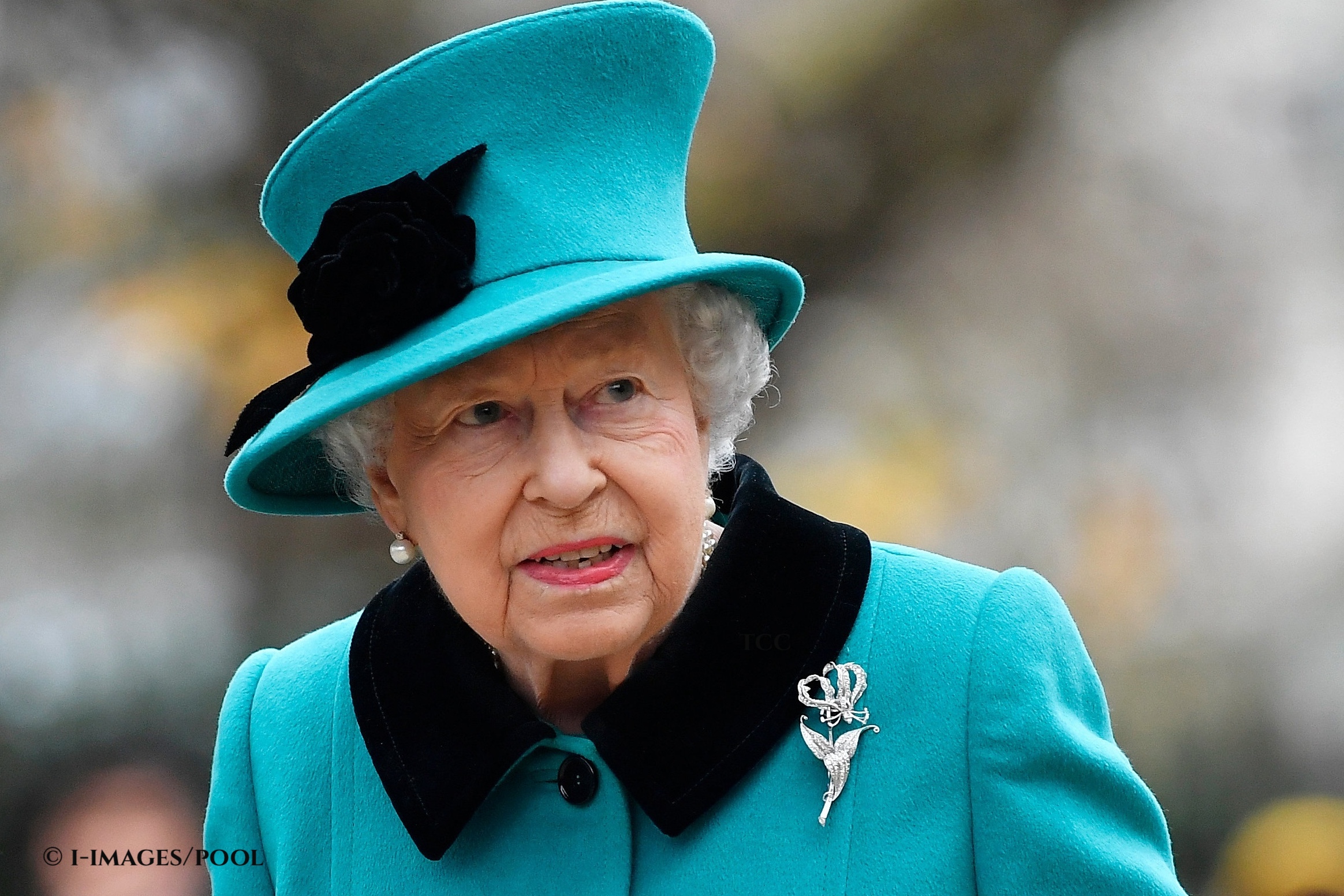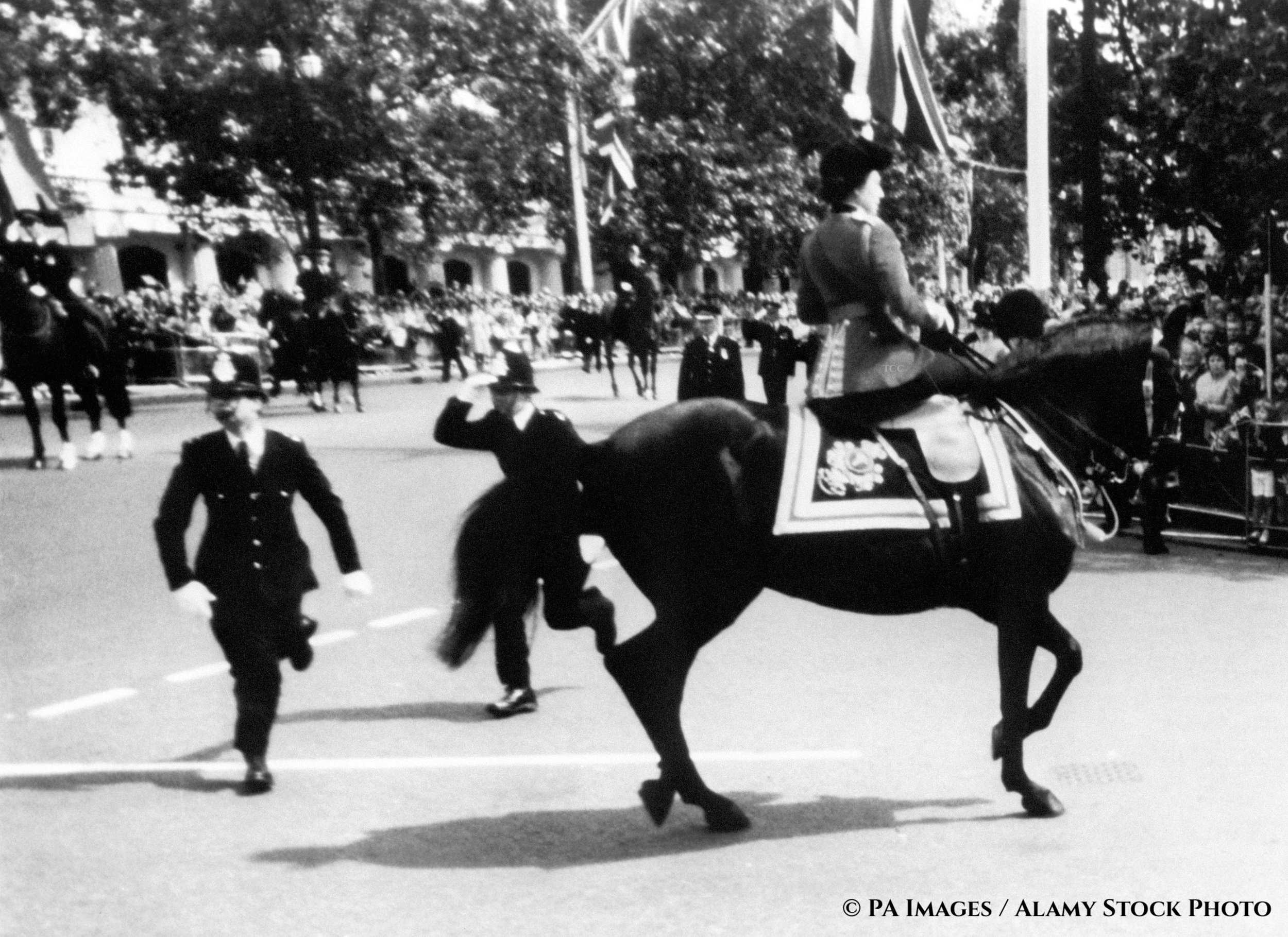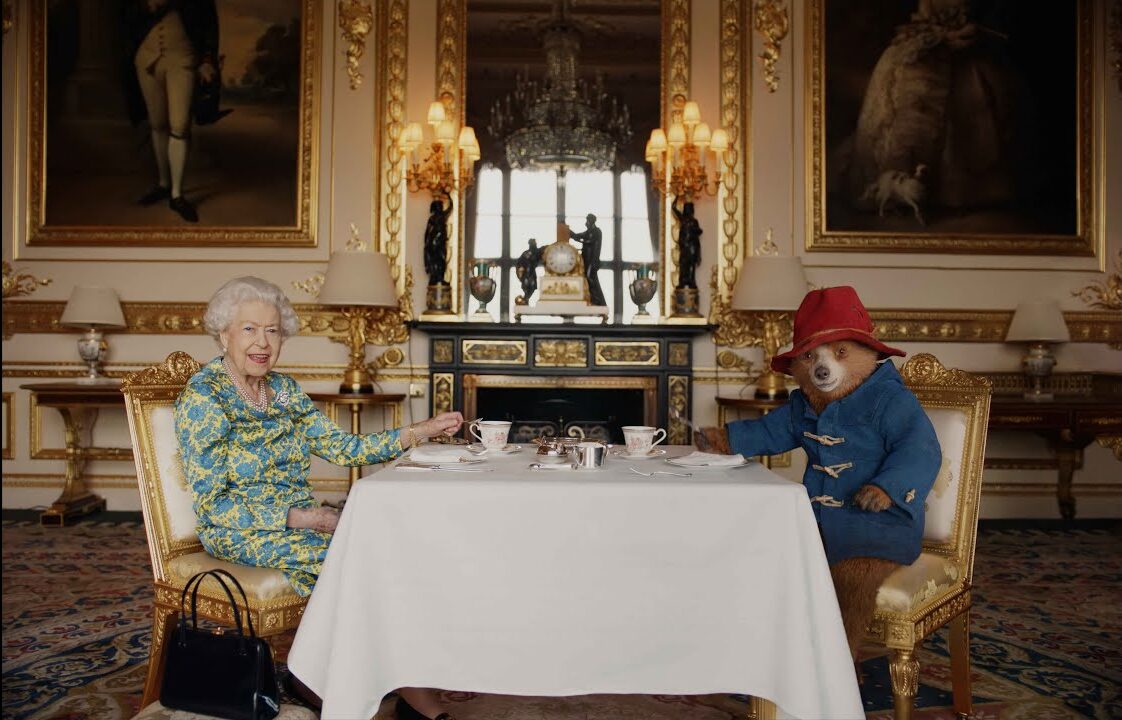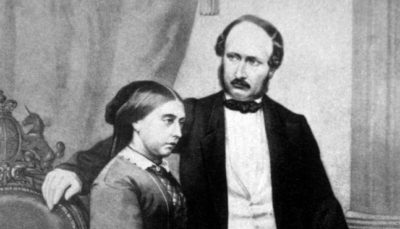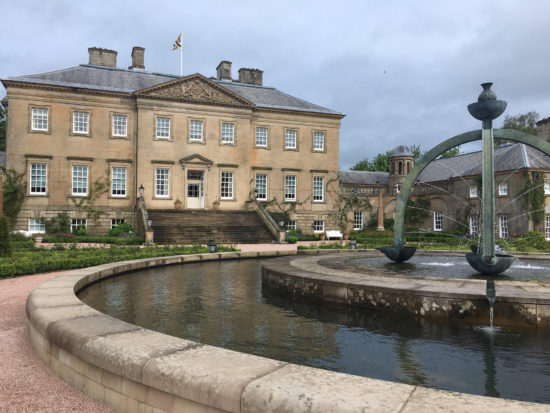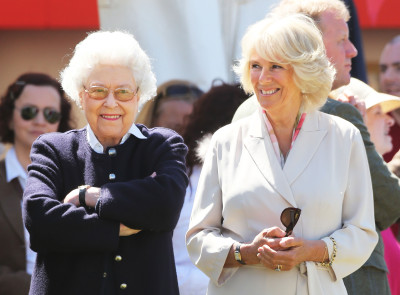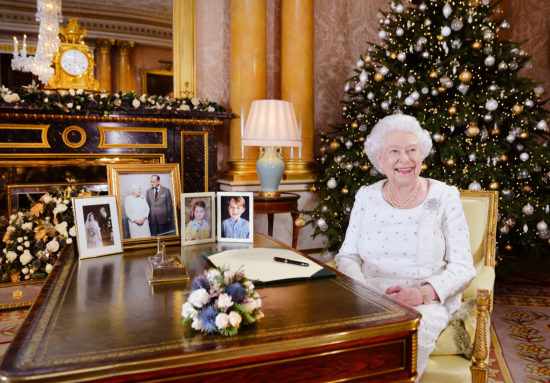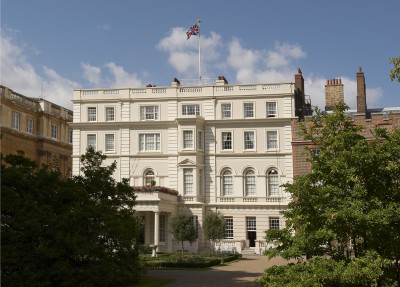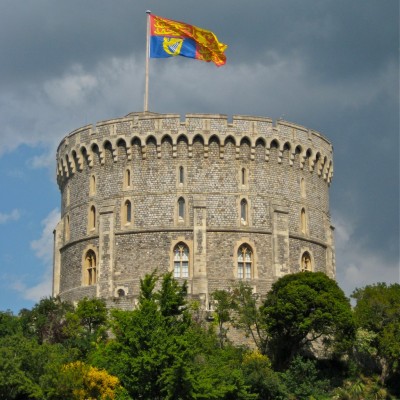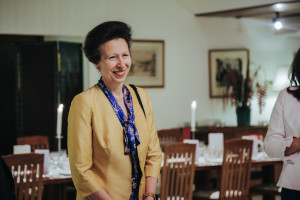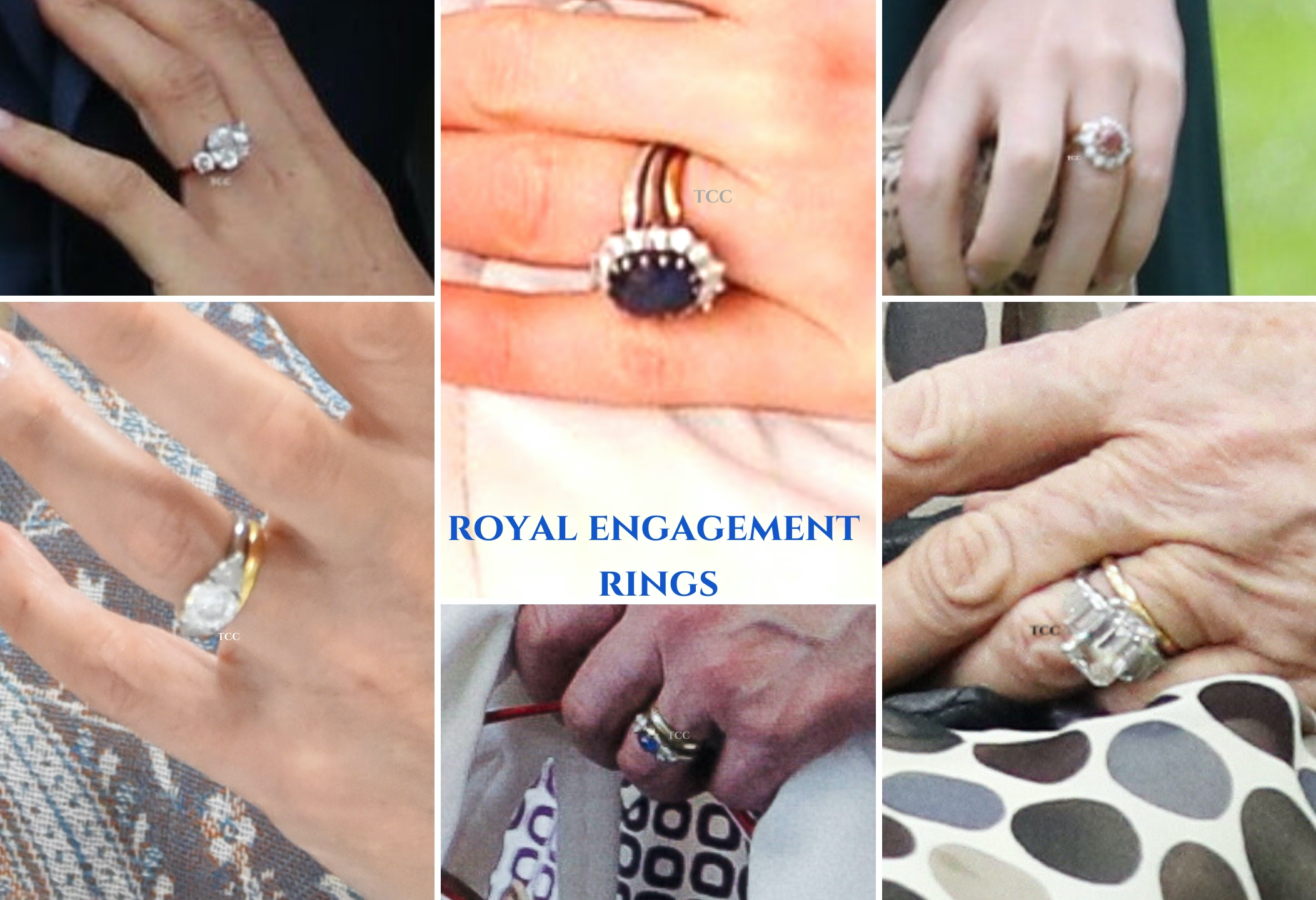2022: the UK prepares to welcome a new Prime Minister – either Liz Truss or Rishi Sunak. We thought this occasion would be a good opportunity to take you through all the Prime Ministers of The Queen’s reign and tell you some interest facts about the relationship she had with some of her PMs.
The Monarch and The Prime Minister
The Queen is a constitutional monarch; the British Parliament and the Government, chiefly the Prime Minister, exercises the Monarch’s powers under the Royal Prerogative on behalf of The Queen.
The Queen and her Prime Minister usually meet once a week – a Wednesday evening – to discuss current affairs, and The Queen usually offers advice to the PM. It is almost impossible for The Queen to interfere in the politics of her country, although her powers include declaring and ending wars, as well as command of the armed forces.
The Queen usually invites the Prime Minister and their partner to Balmoral in Scotland during her summer holiday.
Sir Winston Churchill (26 October 1951 – 5 April 1955)
Winston Churchill was The Queen’s first Prime Minister, and served at the helm of a coalition government in WWII (1940-1945). Churchill had been very close with Elizabeth’s parents, King George VI and Queen Elizabeth, and – having been reelected in 1951 – Winston took it upon himself to take care of the young Queen during the early years of her reign.
Much of their relationship has been portrayed fondly in the Netflix series The Crown.
Winston certainly appears to have been one of The Queen’s favourite Prime Ministers; she once stated that when she met with Winston “it was always such fun!”. Elizabeth and Winston shared similar passions for horses, racing and polo.
Her Majesty made Churchill a Knight of the Garter for his personal service to her; George VI had made the offer during his reign, but it was turned down, along with a dukedom.
Sir Anthony Eden (6 April 1955 – 9 January 1957)
Anthony Eden was Foreign Secretary, and took over from Churchill as Prime Minister in 1955.
Eden was nervous during his first meetings with The Queen; he knew that she shared a good relationship his predecessor, and was scared that he would not live up to her expectations. However, Elizabeth was warm and kind with Anthony and they had a good working relationship.
Unfortunately, Eden’s tenure is overshadowed by the Suez Canal Crisis. He was also made a Knight of the Garter, in 1956.
Harold Macmillan (10 January 1957 – 18 October 1963)
Harold Macmillan took over from Eden after the Suez Canal Crisis led to Eden’s resignation.
Macmillan was known to have a passionate love for the monarchy, and very much tried to have a good relationship with The Queen.
Harold and the Monarch reportedly both enjoyed gossiping about politicians and other people in their social circles, which made him very popular at court. He once said The Queen was “a great support, because she is the one person you can talk to.”
Sir Alec Douglas-Home (19 October 1963 – 16 October 1964)
For the first time during her reign, The Queen had a Prime Minister whom she already knew as a friend; Alec Douglas-Home (pronounced ‘hume’) was a childhood friend of Queen Elizabeth, The Queen Mother.
Embed from Getty Images
Embed from Getty Images
Whilst Prime Minister, Alec would help The Queen name the royal horses!
He had a short time in the role.
Harold Wilson (16 October 1964 – 19 June 1970 & 4 March 1974 – 5 April 1976)
Harold Wilson took the Prime Minister role twice – so it was a good job that he and The Queen had a very good relationship!
It is widely believed that when they had their weekly meetings, their chats often went on for more than two hours, sometimes with The Queen inviting Wilson to stay for drinks.
Wilson is known to have loved all the pomp and circumstances of visiting her. However, it is believed that The Queen admired Harold because he was down-to-earth and would tell her all about the real lives of her subjects, and hung on his every word.
Sir Edward Heath (19 June 1970 – 4 March 1974)
Well, there is really only one anecdote to discuss when examining The Queen’s relationship with Edward Heath.
To mark The Queen’s Diamond Jubilee, Sir John Major revealed that Heath once fell asleep when sat next to the Monarch at dinner! “I was sitting on one side of The Queen and Ted was sitting on the other, and he fell asleep. I leaned across and said to the Queen, ‘Ted has fallen asleep’.
‘I know he has,’ she said, ‘but don’t worry. He will wake up a little later and we will say nothing about it,’ and that’s exactly what happened!”
James Callaghan (5 April 1976 – 4 May 1979)
At six foot one, James Callaghan was the tallest of The Queen’s Prime Ministers.
Callaghan wrote about his relationship with The Queen: “Conversation flowed freely and could roam anywhere over a wide range of social as well as political and international politics.”
The Queen enjoyed the company of Callaghan, so much so, an anecdote tells us she once placed a flower in his buttonhole during a stroll in the gardens of Buckingham Palace.
However, it was Callaghan that noted that friendship was not what The Queen’s role was for when meeting with the Prime Minister. He stated: “What one gets is friendliness, but not friendship.”
Margaret Thatcher (4 May 1979 – 28 November 1990)
Margaret Thatcher was The Queen’s longest serving Prime Minister and the first woman to serve in the role. However, Her Majesty and Thatcher had a very frosty relationship.
Thatcher had a tendency to give a lecture to The Queen on current affairs, rather than discussing issues and asking for advice. “The Queen found that irritating,” a close figure to the Monarch confided.
Thatcher was believed to hate the annual trips to Balmoral, and would usually have her bags packed to leave before the final day of the visit. She also felt uncomfortable among the upper class figures of the royal circle and the pomp that came with visiting Buckingham Palace.
Mrs Thatcher was made a Lady of the Garter, and was given a state funeral when she died, attended by The Queen and members of the Royal Family. This indicates a closer, or at least warmer, relationship than many suspect.
Sir John Major (28 November 1990 – 2 May 1997)
John Major’s tenure as Prime Minister occurred during The Queen’s ‘annus horribilis’ – horrible year – of 1992; he supported the Monarch through her children’s divorces and the fire at Windsor Castle. And this cemented their friendship that lasts even today.
Major was appointed special guardian to Princes William and Harry after the death of their mother Diana, Princess of Wales. This role meant he was responsible for legal and administrative matters on behalf of the Princes, including protecting their interests in their mother’s will.
Sir John still holds a close connection to the Royals, working with a number of their causes.
Major was the only politician invited to The Duke and Duchess of Sussex’s wedding in May 2018. He is also a Knight of the Garter, only the fourth PM to receive this honour, which is a personal gift of the Monarch.
Tony Blair (2 May 1997 – 27 June 2007)
The Queen and Tony Blair had a very up-and-down friendship throughout the 10 years he served as Prime Minister.
A major down included the ‘great hurt’ The Queen felt when Britannia, the royal yacht, was decommissioned by Blair’s government.
However, Blair was seen as a figure who saved the monarchy during the intense aftermath of Diana, Princess of Wales’s death. He pushed for a public funeral, and it was at his insistence that The Queen travelled to London and speak on television before the funeral.
Blair did not enjoy partaking in royal traditions; his wife, Cherie, is, in fact, a republican. In his autobiography, he described the Balmoral visit as ‘a vivid combination of the intriguing, the surreal and the utterly freaky. The whole culture of it was totally alien, of course, not that the Royals weren’t very welcoming’.
Gordon Brown (27 June 2007 – 11 May 2010)
The Queen and Brown had a good working relationship, but it didn’t turn into one of friendship.
It is believed that The Queen did an excellent impersonation of Brown’s Scottish accent, so perhaps the relationship was closer than we know.
However, The Queen warmed to Brown more after he left his position of Prime Minister, and invited his wife and sons to visit her at the palace, making him the first ex-PM to be given that privilege.
David Cameron (11 May 2010 – 13 July 2016)
Well, it’s not often a Queen has met her Prime Minister when he was eight years old – and it’s even stranger to think that he was acting alongside her youngest son in a school production of ‘Toad of Toad Hall’ – but that’s exactly how The Queen first met David Cameron!
David was the youngest of The Queen’s PMs, aged 43. Cameron is also related to Her Majesty – he is her fifth cousin, twice removed.
The Tory Prime Minister oversaw very important legislation that would change the history of the monarchy forever: he proposed the change in law regarding primogeniture, which enables any future Royals – for example, a daughter of The Duke and Duchess of Cambridge – to always rank before any younger brothers.
The 2013 Succession to the Crown Act made amendments to the Bill of Rights and Act of Settlement: it replaced primogeniture with absolute primogeniture (the eldest child takes precedent, regardless of sex) and stated that any Royal who marries a Roman Catholic, so long as they remain Protestant themselves, may remain in the line of succession.
Before this, those who married a Catholic were disqualified; this Act applies to anyone born from the 28th of October 2011 onwards, and was effected in March 2015.
Theresa May (13 July 2016 – 2019)
Lucky or unlucky number 13 (we won’t comment!), Theresa became The Queen’s second female Prime Minister. They both have a lot in common, including having husbands called Philip!
After May’s last audience with The Queen, a courtier said: “Her Majesty knows that the premier tried her hardest to secure a Brexit deal and is sympathetic that she was unable to achieve her aims.”
The Queen warmed to May due to her Christian faith and quiet understatedness. It has often been commented that May gives an exceptionally low curtsey to Royals.
Embed from Getty Images
Embed from Getty Images\
Boris Johnson (2019-2022)
Boris Johnson became the 14th Prime Minister in Her Majesty’s reign. His time in power has been eventful, from dealing with Brexit, a global pandemic and a war between Ukraine and Russia.
Just moments after entering Number 10, Johnson made his first mistake when he revealed details of his first private meeting with the Queen. He was overheard telling staff about their chat, details of which are meant to be secret!

The Queen greets Prime Minister Boris Johnson during an audience at Buckingham Palace. It was The Queens first in-person weekly audience with the Prime Minister since the start of the coronavirus pandemic.
As the world faced a global pandemic, The Queen’s weekly meetings with the Prime Minister were moved to phone calls/video calls, as The Queen took residence at Windsor Castle.
Boris Johnson’s time in power saw his UK Government host COP26, where The Queen urged world leaders to ‘join in the shared objective of creating a safer, stabler future for our people and for the planet’.
Johnson was also forced to issue an apology to The Queen after is emerged staff parties had been taking place in Downing Street the night before The Duke of Edinburgh’s funeral. At the time, COVID restrictions banned people from mixing indoors with anybody, which impacted The Duke of Edinburgh’s funeral. The image of The Queen sitting alone is one that many will remember.


